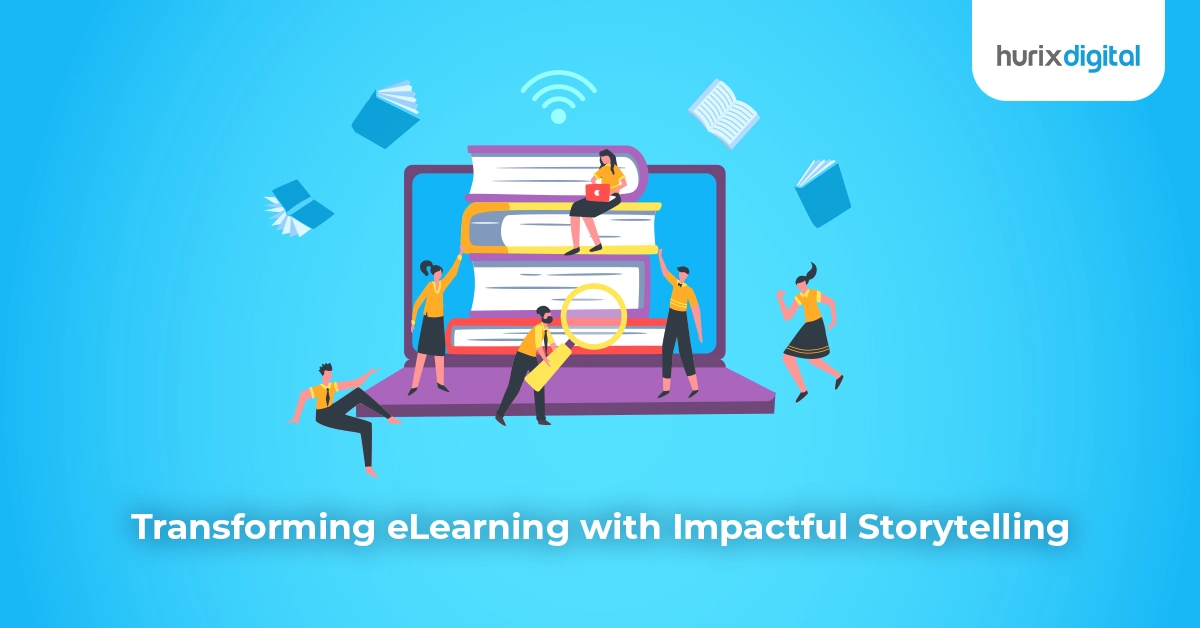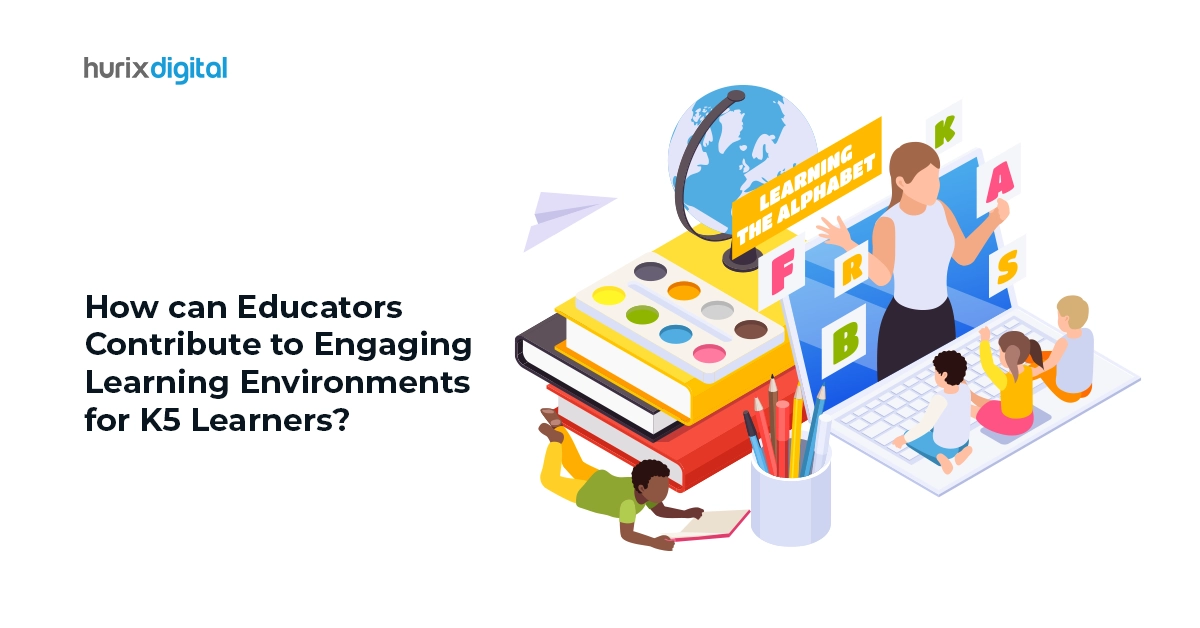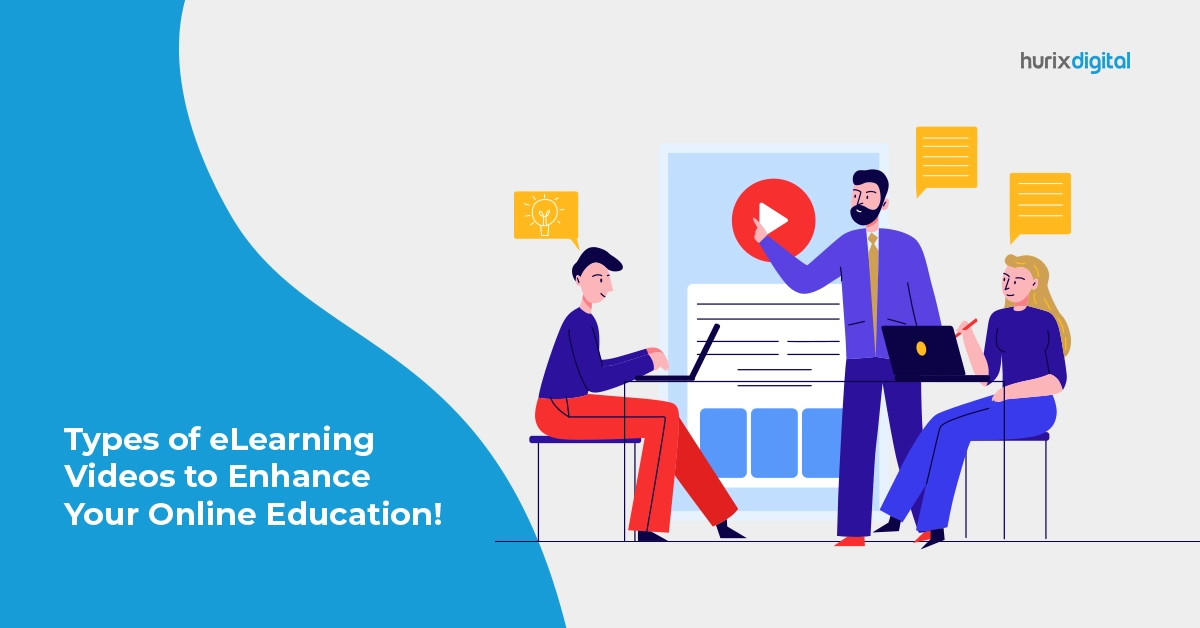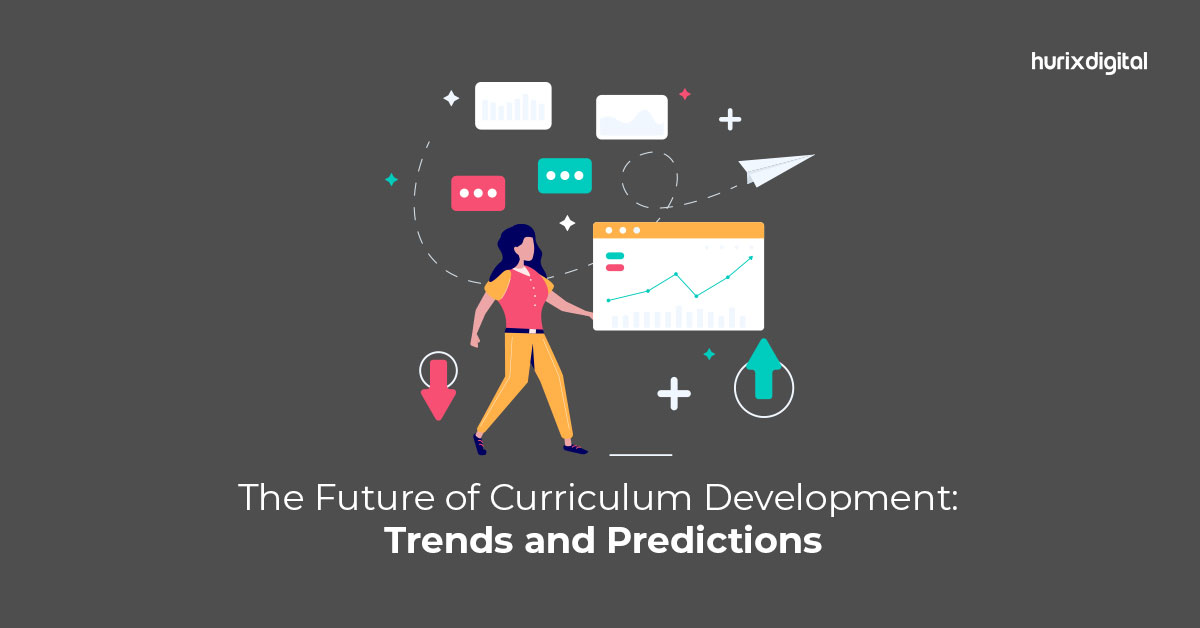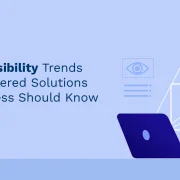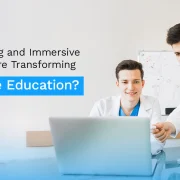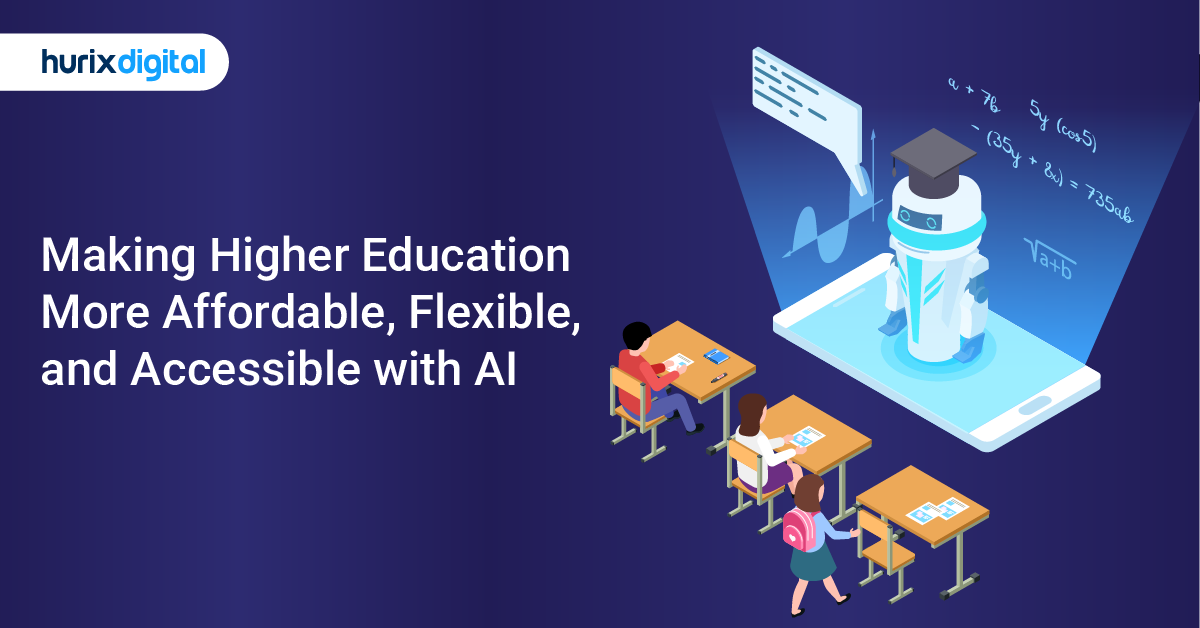
Making Higher Education More Affordable, Flexible, and Accessible with AI
Envision a setting where all learners, regardless of their learning styles or areas of differential abilities, have equal access to higher educational resources.
With revenue predicted to grow at an annual rate of 8.56% (CAGR 2024–2029), the market is anticipated to reach an estimated worth of $279.30 billion by 2029. This suggests the growing demand for eLearning solutions due to their manifold benefits. Top-rated among these benefits are affordability, flexibility, and accessibility of higher education!
This blog demonstrates how AI changes learning opportunities worldwide and examines its substantial impact on affordable higher education.
Table of Contents:
- The Basics of AI
- 10 Ways AI in Higher Education Nurtures Skill Development
- Upgrades Focus: Personalized Learning
- Facilitates Innovation: Intelligent Tutoring Systems
- Enhances Overview of Needs: Learning Analytics
- Improves Feedback: Adaptive Assessment
- Strengthens Immersive Learning: AI-Powered VR & AR
- Reduces Manual Workload: Automated Tasks
- Accelerates Language Learning: Natural Language Processing
- Elevates Curriculum Quality: Gap Analysis
- Boosts Motivation: Gamification With AI
- Empowers Future Opportunities: AI-Powered Career Counseling
- eLearning for Affordable Higher Education: A Cost-Effective Approach
- How eLearning is Paving the Way for Accessible Higher Education?
- What are the Top 5 Transformative Roles of AI-Powered Chatbots in Higher Education?
- What is AI-Native Networking?
- What are the Benefits of AI-Native Networking?
- How Can AI-Native Networking Facilitate Higher Education Institutions?
- The Essence of AI-Powered Education
The Basics of AI
AI has grown all around us, so it’s essential to glimpse how it functions.
With the help of algorithms, AI can process large amounts of data, and by subjecting it to iterations and training loops, it starts to recognize patterns, deduce relationships, and make predictions. When coupled with models such as neural networks, AI can fetch data from even media files such as photographs and videos.
With access to a data source and the help of feedback, AI’s abilities are refined, and its accuracy increases. Ultimately, this process of adapting and refining enables AI to learn.
With its adaptive methodologies, AI brings a few basic improvements in executing complex tasks efficiently and explaining concepts adjusted according to the learner’s comprehension levels. It has a vast scope and explosive potential when put to intelligent, correct, and ethical use.
Now, let’s explore 10 ways to apply AI in higher education and nurture skills development.
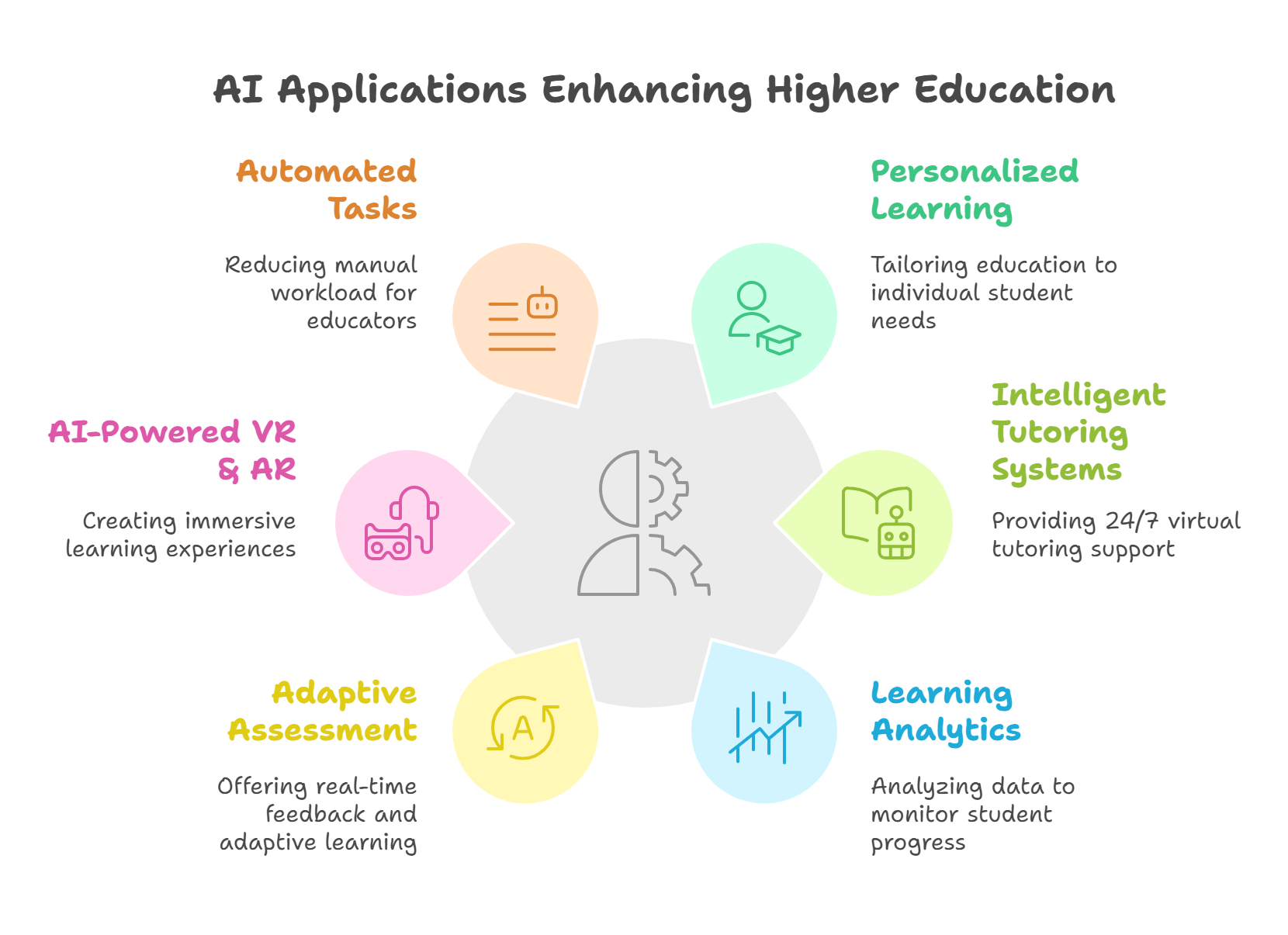
10 Ways AI in Higher Education Nurtures Skill Development
We will now delve into the top ten AI applications in learning modules that, without a doubt, play a crucial role in skill development!
1. Upgrades Focus: Personalized Learning
Tailoring the learning experience specifically to an individual student’s needs is possibly one of the most significant contributions of AI-enhanced education.
With the help of algorithms, AI analyzes a student’s learning style and preference based on performance reports. This data delivers targeted content, exercises, and assessments, addressing their unique strengths and weaknesses.
AI-powered personalized learning pathways enhance comprehension, foster a sense of ownership and motivation, and boost engagement.
2. Facilitates Innovation: Intelligent Tutoring Systems
When catering to students worldwide, EdTech innovations involve AI-powered intelligent tutoring systems acting as virtual tutors available 24/7.
AI uses performance data and adaptive learning strategies to cater to the learning needs of the students concerned. This application of AI in higher education offers real-time feedback and successfully augments traditional teaching methods to empower students to grasp complex concepts at their own pace.
3. Enhances Overview of Needs: Learning Analytics
With the help of learning analytics, monitoring and assessing students’ academic performance in live time becomes seamless.
AI-driven learning experiences analyze data from online interactions, assessments, and collaborative activities and determine patterns and trends to inform educators about students’ progress and engagement levels. This data-driven approach enhances an educator’s overview of the learner’s needs.
4. Improves Feedback: Adaptive Assessment
AI in higher education plays a crucial role in real-time feedback and transparent improvement roadmaps. With the help of AI-powered assessments, education evolves into adaptive learning, which ultimately assists in learning modules that support the struggling and challenge the champions.
Adaptive assessments enable learning modules to be adapted and enhanced according to the learner’s real-time performance. Compared to traditional learning and even regular virtual learning modules, AI in higher education significantly reduces the average time to acquire almost every skill.
5. Strengthens Immersive Learning: AI-Powered VR & AR
With a market valuation of $20.1 billion, immersive technologies like Virtual Reality (VR) and Augmented Reality (AR) offer enormous benefits. These benefits range from high levels of motivation to equipping learners with critical skills typically requiring large amounts of on-site experience.
VR and AR combined with AI in higher education results in an incredibly interactive learning module. With AI incorporating user preferences, cognitive aptitudes, and even live feedback, the right environment or VR and AR-based learning exercises can be delivered to produce much better experiences. With AI strengthening immersive learning, education becomes unbeatable.
6. Reduces Manual Workload: Automated Tasks
A recent survey found that 55% of educators reported spending at least 30 minutes on administrative duties in a working day. With evolving student needs, this time could otherwise be spent developing and enhancing their curriculum.
With AI in higher education, setting up automated tasks like updating records, assessments, calendars, etc., becomes seamless. By reducing the manual workload, AI is crucial in allowing educators and learners to focus their resources on quality learning and development.
7. Accelerates Language Learning: Natural Language Processing
Acquiring new language proficiencies has become crucial in today’s globalized world. AI has a massive hand in accelerating regular learning times, particularly when powering Natural Language Processing (NLP). NLP is an application of computational techniques to analyze and synthesize natural language and speech.
This significantly improves the aptitude of online learning platforms to analyze a learner’s spoken and written skills and enables learning modules to share instant feedback on grammar and vocabulary usage.
AI in higher education language learning is vital in enhancing language acquisition while amalgamating its adaptive technology to personalize the modules according to a learner’s unique linguistic affinity.
8. Elevates Curriculum Quality: Gap Analysis
This is one of the most prominent roles and applications of AI in higher education. Whether through personalized learning pathways or aggregated data from a larger demographic, arriving at a concrete curriculum is similar to setting the foundation of education for all aspiring to achieve and acquire knowledge.
AI can perform a gap analysis of learners’ skills based on their performance and displayed aptitude towards subjects.
Furthermore, based on interactions and responses to current affairs, AI can help elevate the quality of a student’s curriculum. It can even establish curriculums with a different delivery pattern and sequence and even include specialized content for students who excel or lack in specific areas.
9. Boosts Motivation: Gamification With AI
Games always mellow down tensions and raise spirits. Gamification in education is a relatively new concept where gaming elements such as quizzes, reward points, and interactive stories are introduced to help learners stay excited and motivated to learn.
When AI is weaved into gamified learning modules, along with the existing motivation from gaming elements, AI can assess the motivation levels, progress, and preferred game formats to suggest more engaging educational content to enhance motivation levels even further.
10. Empowers Future Opportunities: AI-Powered Career Counseling
Career counseling is an integral part of a student’s journey and is traditionally addressed through in-person interactions with a record of student performances. Introducing AI in this crucial stage improves the session’s overall quality and enhances transparency about career possibilities.
With performance data, aptitude tests, and student aspirational information, AI-powered career counseling can offer roadmaps to achieving aspirations and show what best fits with current performance data.
In retrospect, whether improving the quality of the learning module, enhancing the benefits of existing educational technology, or even improving the future of a learner’s educational roadmap, AI’s impact on higher education is undeniably explosive.
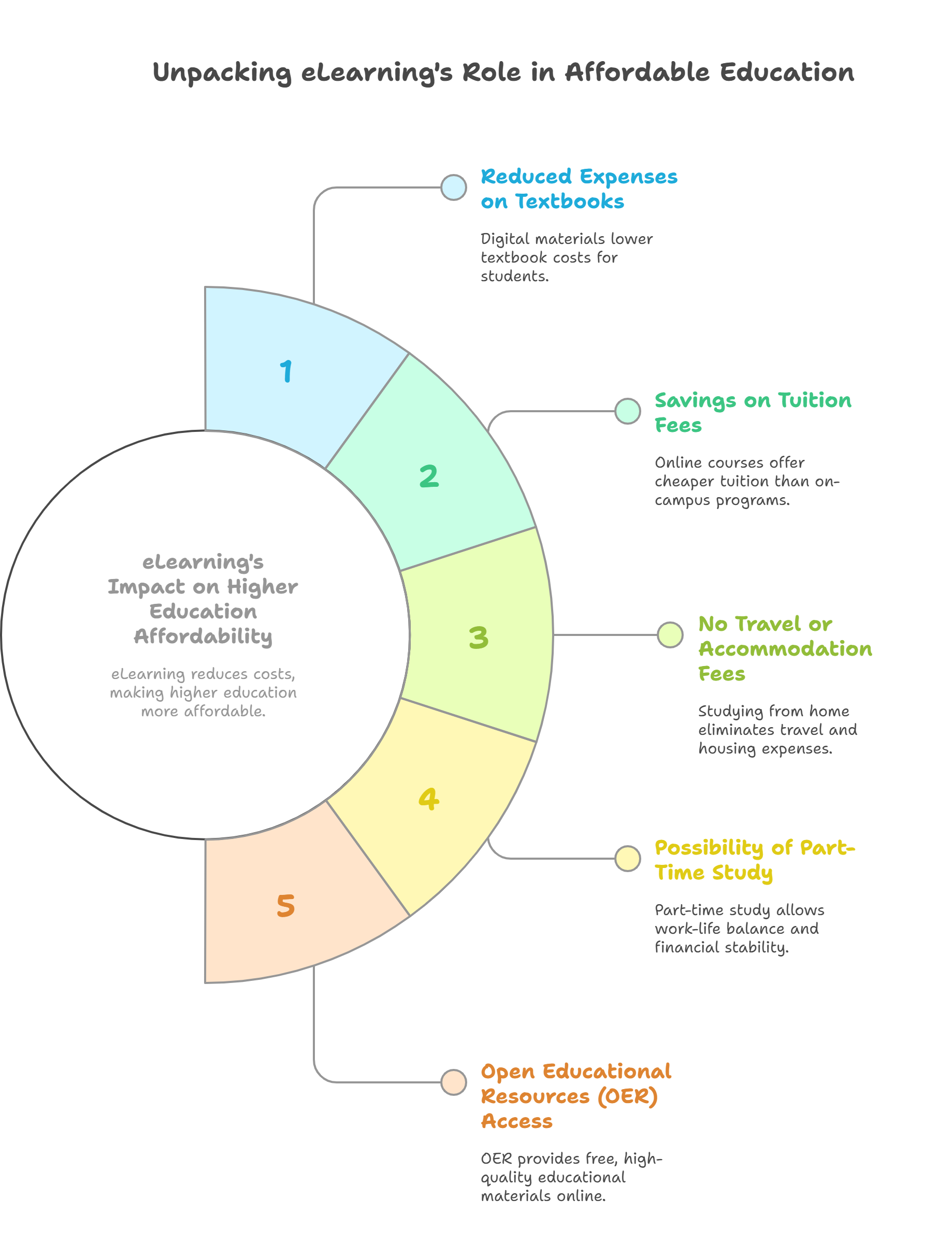
eLearning for Affordable Higher Education: A Cost-Effective Approach
The traditional model of higher education is being transformed by eLearning, which has substantially decreased economic obstacles. Here are some key aspects of higher education affordability:
1. Reduced Expenses on Textbooks
Compared to traditional textbooks, eLearning platforms frequently offer students digital course materials at lower prices.
By providing electronic resources, educational institutions assist students in reducing the expense of costly printed textbooks, thereby relieving a substantial financial burden on students.
2. Savings on Tuition Fee
Due to their generally lower costs than their on-campus counterparts, online courses and degree programs are more affordable for students.
Lower tuition costs encourage affordability and accessibility by allowing students to opt for cost-effective education without incurring excessive loans or financial stress.
3. No Travel or Accommodation Fees
eLearning allows students to study from home without needing pricey on-campus housing and associated costs. Higher education learners can save from reduced rent, dorm fees, and other housing expenses by opting for online learning, which promotes affordable degree programs.
4. Possibility of Part-Time Study
Students can pursue higher education part-time through eLearning while earning a living or taking care of other obligations. With this option for part-time study, individuals can complete their degree at their own speed while juggling work and school to maintain their financial stability.
5. Open Educational Resources (OER) Access
Open educational resources (OER) are freely available digital materials that can be used in place of or in addition to traditional textbooks, and they are frequently incorporated into eLearning platforms.
By using OER, institutions can reduce the total cost of instructional resources for students, encouraging affordability in online learning and expanding access to high-quality material.
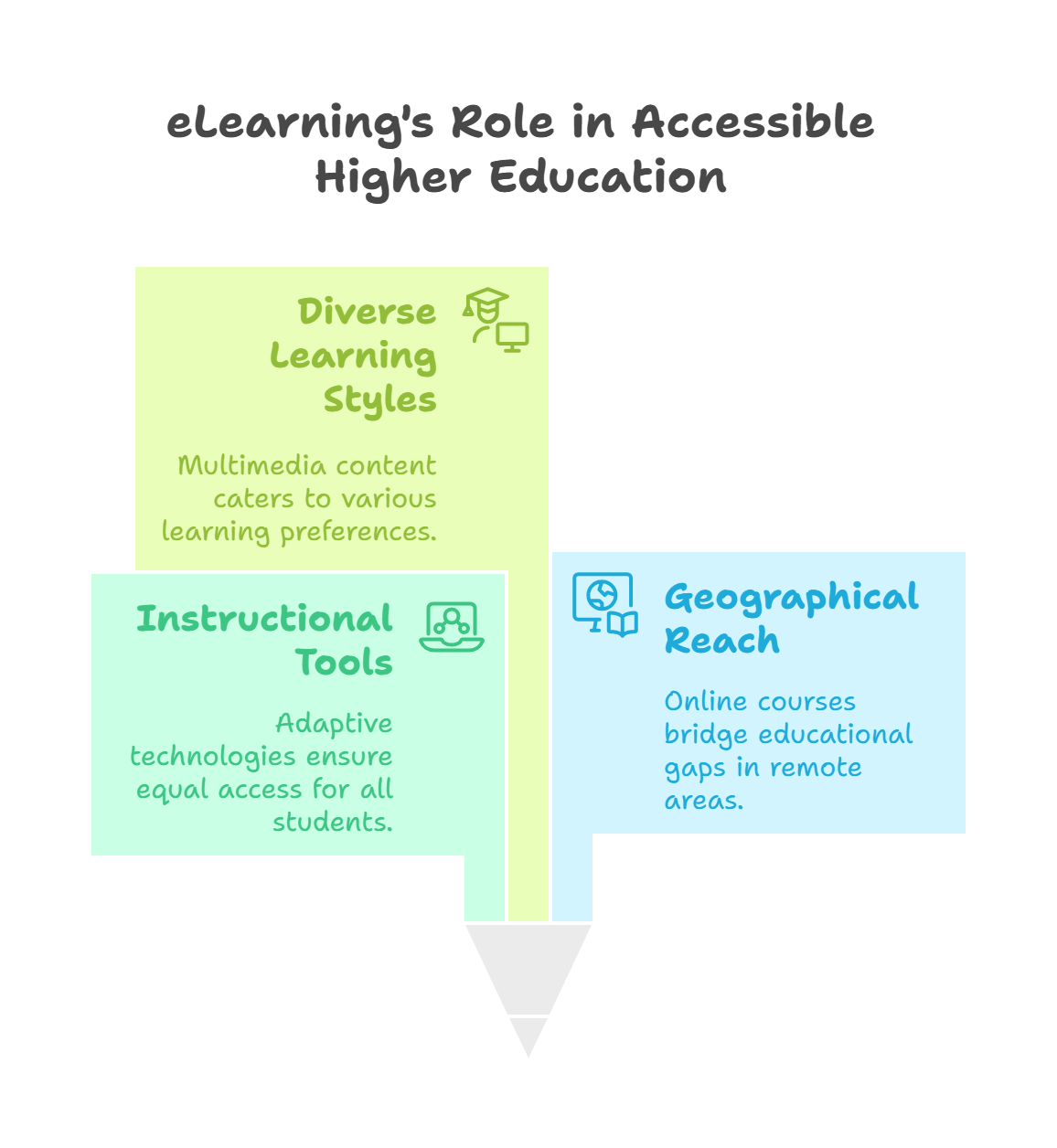
How eLearning is Paving the Way for Accessible Higher Education?
eLearning has improved accessibility for students with varying backgrounds and learning requirements.
1. Easy Access to Instructional Tools and Resources
On conventional campuses, for instance, people with disabilities frequently encounter physical obstacles that obstruct their ability to learn. eLearning platforms provide adaptive technologies and tools to ensure that students with visual, auditory, or mobility impairments have equal access to instructional materials.
2. Transcends Geographical Barriers
eLearning crosses regional boundaries, enabling people in isolated or underprivileged areas to access higher education. Today, students from underdeveloped nations, rural areas, or places with poor educational infrastructure can enroll in online courses provided by eminent global universities and institutions.
Thanks to distance learning’s flexibility, people can now pursue their academic goals regardless of where they live or their financial situation.
3. Boosts Diverse Learning Styles
Unlike traditional classrooms, which frequently depend on lectures and books, eLearning platforms offer a wide array of multimedia content. Examples of this content include games, dynamic simulations, videos, and surveys.
Learners are engaged in various content, enhancing the interactive, engaging, and rewarding aspects of learning. While tactile learners might prefer practical exercises or simulations, visual learners may profit from watching educational videos or data visualizations.
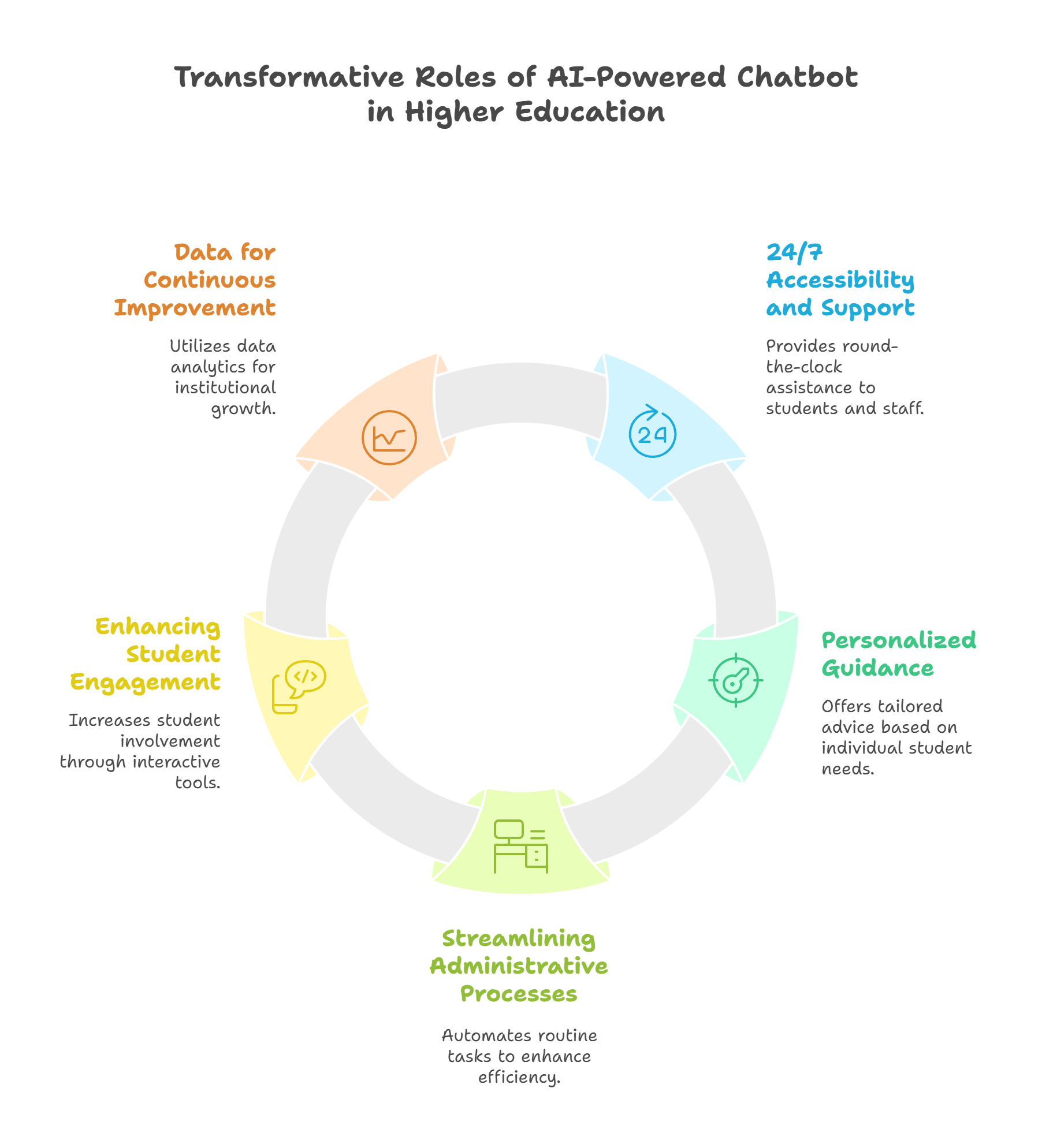
What are the Top 5 Transformative Roles of AI-Powered Chatbots in Higher Education?
A recent study found that a staggering 42% of all respondents recognize AI as a key player in creating a more equitable educational system.
These numbers reflect how AI in higher education is changing how we communicate and access study resources. By helping people easily access information, AI is making things more inclusive and responsive.
Here are the top 5 ways AI-powered tools like chatbots are enhancing communication and transforming higher education experience for students:
1. Offering 24/7 Accessibility and Support
Providing 24/7 accessibility and support is a key advantage of integrating AI-powered chatbots in academia. Unlike traditional communication channels within specified office hours, these chatbots are available round the clock, ensuring that students, faculty, and staff can access information and assistance anytime.
Constant support availability eliminates the constraints of time zones and benefits students who may have questions or concerns outside regular working hours. AI-powered chatbots offer immediate and reliable support, be it a late-night study session, an urgent query about an assignment, or assistance needed during holidays.
Furthermore, the instant availability of information through chatbots contributes to faster problem resolution. Students can receive prompt responses to their queries, reducing wait times and ensuring a smoother flow of communication.
This real-time support is instrumental in addressing urgent matters and provides a seamless experience for users seeking assistance.
2. Providing Personalized Guidance for Students
AI in the learning and development process provides personalized guidance for students, tailoring their assistance to individual needs and preferences. By analyzing data from past interactions and understanding each student’s unique profile, these chatbots can offer targeted advice on a variety of academic and non-academic matters.
Conversational AI in higher ed, like chatbots, can help students choose courses based on their interests, suggest extracurricular activities that align with their goals, and even provide information on career paths.
As a result, the personalized approach provided by educational technology solutions like chatbots creates a more engaging and supportive experience for students, making them feel understood and guided throughout their academic journey.
3. Streamlining Administrative Processes
AI-powered chatbots are crucial in streamlining administrative processes within higher education institutions. Traditionally, administrative tasks involve a significant amount of manual work.
However, chatbots automate these routine processes, allowing students to complete tasks more efficiently.
AI-driven student support can guide students through the enrollment process, answer queries about registration requirements, and assist in filling out forms. This saves time for both students and administrative staff and minimizes the likelihood of errors.
Subsequently, the administrative workload is reduced, and resources can be allocated more effectively to address higher-level concerns to make the institution overall more efficient.
4. Enhancing Student Engagement
AI-powered chatbots significantly enhance student engagement by introducing interactive elements and creating a sense of involvement in the learning process. These chatbots are designed to go beyond merely providing information; they actively engage students in various ways.
Chatbots powered by artificial intelligence in education can send timely reminders about assignments, exams, and campus events, helping students stay on top of their responsibilities.
Moreover, these chatbots facilitate interactive learning experiences through features like quizzes, polls, and discussion forums. By incorporating gamification elements, chatbots make the learning environment more dynamic and appealing to students.
This encourages active participation and creates a sense of community and collaboration among students.
5. Equipping Institutions with Data for Continuous Improvement
AI-powered chatbots offer a valuable tool for continuous improvement in higher education through the utilization of data analytics.
Each interaction with these chatbots generates a wealth of data that institutions can analyze to gain insights into various aspects of their communication strategies and overall effectiveness. By analyzing the data collected, higher education institutions can identify patterns, trends, and areas that require attention.
Furthermore, institutions can track the most common student queries, pinpoint areas of confusion or dissatisfaction, and understand the effectiveness of different communication channels. This data-driven approach allows institutions to address specific challenges faced by students.
To sum up, AI for student services enables institutions to make informed decisions to enhance communication processes and address specific challenges students face. The continuous feedback loop enables institutions to evolve their communication strategies over time.
What is AI-Native Networking?
AI-native networking refers to a computer networking system that is developed with Artificial Intelligence (AI) as an innate part of it.
The aim behind integrating artificial intelligence in networking is diverse and multiple: enhanced safety, improved shareability, augmented scalability, and so on.
Unlike regular networks, AI-native networks are smart and self-sufficient to a considerable extent. They can eliminate network issues, fix problems, improve performance, and enforce security without direct human intervention.
Like other AI-centric technologies, AI-native networking is designed to learn from data. This makes it open to constant improvements and, thus, efficiency.
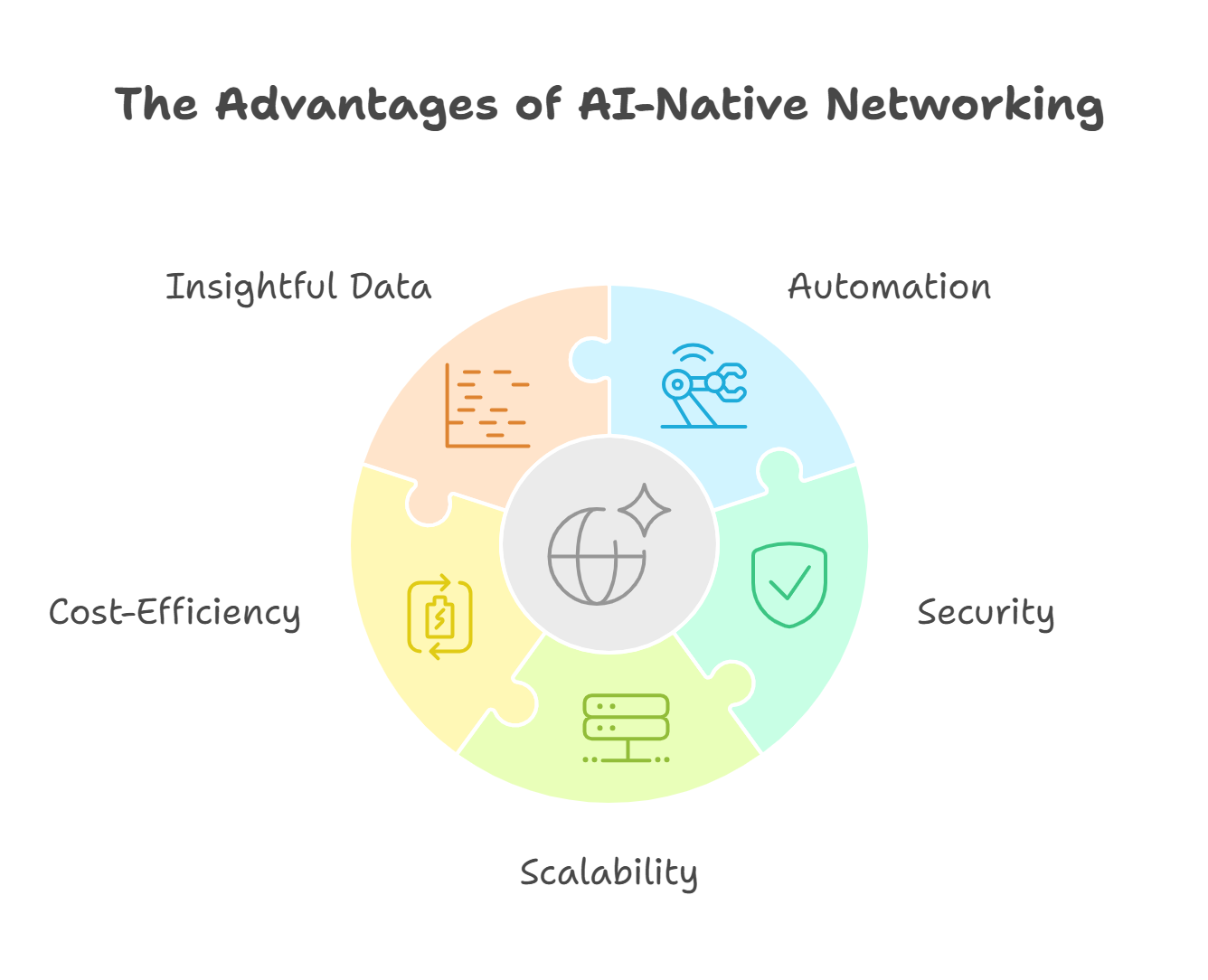
What are the Benefits of AI-Native Networking?
AI-native networking offers several unique benefits. For example:
1. Enables Automation
Network management is a perpetual task that involves constant provisioning, operating, maintaining, and securing.
However, AI-native networks take this burden from you. Due to the integration of machine learning in networking, they are automated. This means they can oversee these tasks all by themselves. This also eliminates the chances of human errors and speeds up the process.
2. Enhances Security
Increased security is one of the key cornerstones of AI-native networking. The integration of artificial intelligence enables such networks to anticipate and identify potential security threats in advance.
That’s not all — AI-native networks are also equipped with the prowess to troubleshoot and respond to threats, thereby minimizing the risk of data compromise.
3. Fosters Scalability
AI-native networking is incredibly flexible. It can adapt to all kinds of deployment models, including hybrid, edge computing, cloud-based networking solution models, and so on. This also makes it extremely scalable.
4. Maximizes Cost-Efficiency
AI-native networking is almost entirely automated. Besides, it’s also scalable, secure, and flexible. Combined, these attributes make it a much more cost-efficient alternative to regular, non-AI-integrated networks. That’s because it includes no network management, maintenance, or scalability costs.
5. Provides Insightful Data
AI-native networking offers data-driven network performance analytics. These prove valuable in understanding network performance, user behavior, market trends, data usage patterns, and so on. This enables you to make informed decisions to improve your network infrastructure further.
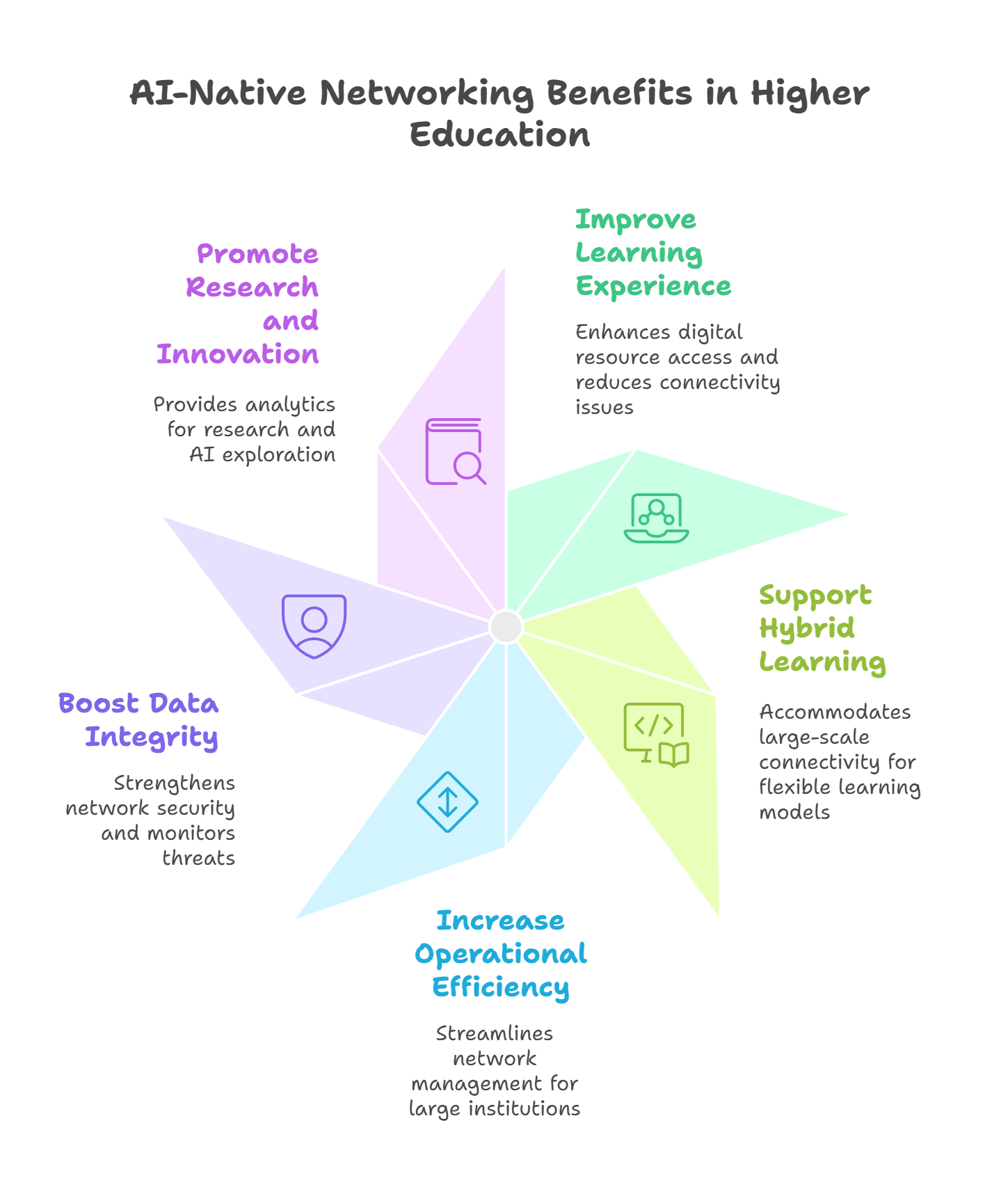
How Can AI-Native Networking Facilitate Higher Education Institutions?
AI-enabled networking has many advantages for education technology (EdTech) institutions. For instance, it can:
1. Improve Learning Experience
If you are an institution that relies on digital resources for imparting education, AI-native networking can facilitate your teaching framework.
It can optimize the computer network in your institution to reduce network issues like slow connectivity, latency, DNS problems, etc. This can help establish a reliable network infrastructure that enables teachers and students to access online resources efficiently.
2. Support Hybrid Learning
59% of learners express feeling more motivated when learning through hybrid models. This is why higher education institutions across the globe are embracing this flexible teaching pattern.
AI-native networking can bolster it. It can accommodate the large-scale connectivity needs of institutions and enable them to provide seamless education to students online. It can also optimize network traffic to support uninterrupted learning.
3. Increase Operational Efficiency
Round-the-clock campus network management can be a cumbersome task if the size of your institution is large.
When thousands of students and faculty members constantly utilize one network for all their needs, it is bound to crash at some point despite best efforts. However, AI-native networking emerges as the best solution for this. It can configure, provision, and troubleshoot network issues to maximize operational efficiency in your institution.
4. Boost Data Integrity
With the personal data of so many individuals at stake, ensuring network security in higher education institutions is extremely crucial.
However, with the intensifying penetration of cybercrimes, you may be just one negligence away from risking all of that. But AI-native networking can help you add a layer of safety to your network. It can analyze and resolve network security threats before getting out of hand. It also continuously monitors network traffic to identify anomalies and signal risks.
5. Promote Research and Innovation
AI-native networking can also emerge as an excellent area for research and exploration. It provides insightful analytics and vast amounts of data that can be used within the institution to foster research and innovation. As faculty, you can leverage it to help students learn more about the future of AI and facilitate R&D in your institution.
The Essence of AI-Powered Education
As we discovered in this blog, AI accelerates linguistic skills, enhancing the immersive learning experience and even personalized learning modules that adapt to learners’ performance.
AI in higher education now breaks boundaries as it uses sophisticated algorithms and extends to career counseling sessions and curriculum enhancement. Designing an ideal learning module without AI is gradually becoming unimaginable.
As you aim to deliver excellence, embracing AI in higher education is crucial. Stay ahead of the curve and explore the seamless learning solutions created by Hurix Digital that will no doubt fit your objectives like a glove! Contact us now to get started on the ideal AI-powered learning module!

Senior Vice President – Business Development
at Hurix Digital, with over 25 years of experience in EdTech and workforce learning. He excels in business development, customer relationship management, and scaling digital learning solutions, driving global growth through innovative content, simulations, and AI‑driven training offerings

